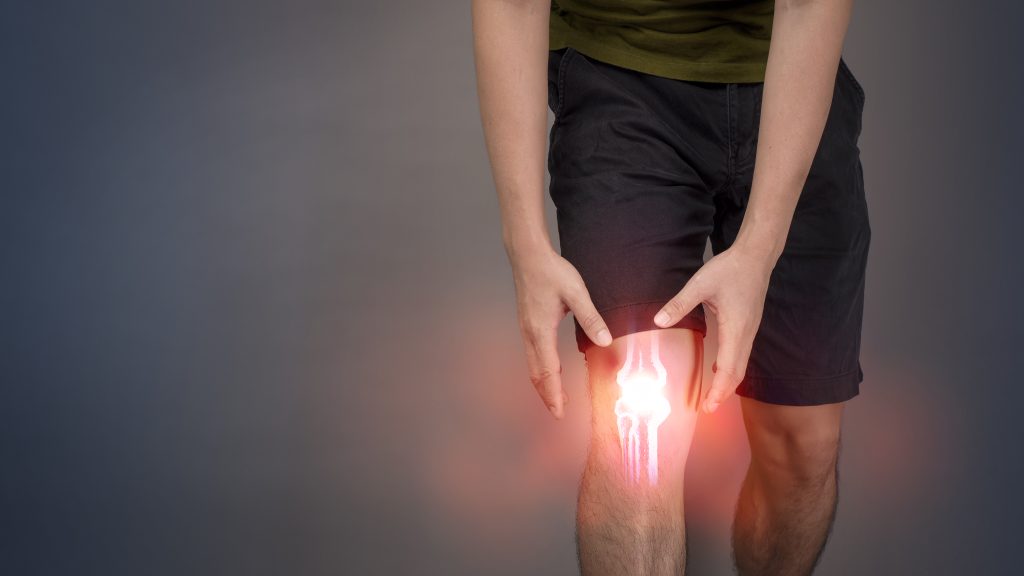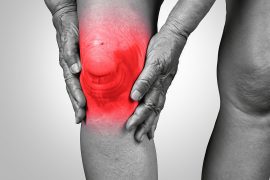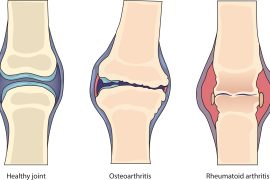Common Joint Replacement Myths Busted!
Per the latest statistics published by the Indian Society of Hip and Knee Surgeries Registry, a total of 10,407 hip replacements and 129,371 knee replacements were reported from October 2006 to March 2017 by 150 surgeons. The demand for joint replacement surgery is on the rise. These surgeries have become more and more common because they offer a quick fix to ailing joints. However, people in line for a joint replacement surgery often continue to assume a lot about the procedure around pain, medication, recovery and recuperation. Typically, the surgeon will help navigate through the number of questions and doubts the patient may have. Here are some common joint replacement myths that you can quickly fact-check with the help of this article:
Myth – Joint replacement surgery is not permanent.
Fact – In general, many people are afraid of getting knee replacement surgery. They think they have to lie in bed for an extended period after the surgery, which is painful. After surgery, one feels it will hamper day-to-day activities such as walking, running, stair climbing etc.
These are all misconceptions!
Total knee surgery is a boon for the patient suffering from Osteoarthritis. It improves the quality of life as one gets relief from knee pain and sees a significant improvement in mobility. Knee replacement surgery is one of the most common bone and joint surgeries.
Knee replacement requires a stay in a hospital. Procedures may vary depending on your condition and your doctor’s practices.
With modern technology, the patient should do activities daily after surgery. One can go walking, can go to washrooms etc. The faster one does it, the better the recovery will be.
Yes, initially, there will be a little bit of pain, but you can overcome that with time and with the help of a pain management/Physio person.
Myth – You’ll only need physical therapy after joint replacement surgery
Fact – This is another myth that people tend to believe. But, in reality, physical therapy is often recommended for several weeks after joint replacement surgery. For example, knee joint replacement patients are often advised to do static and dynamic stretching exercises for at least two weeks after the surgery is completed. This is because the muscles around the knee need time to heal and get stronger again. Once the muscles have been stretched and strengthened, you can start doing more active exercises like running. Many hip joint replacement patients are also advised to do simple exercises like walking and swimming for a few weeks after the surgery is over. The hip joint is the largest joint in the body. And it’s surrounded by muscles that can be very weak after joint replacement surgery. Therefore, you’ll want to do some simple, gentle exercises to strengthen the muscles around the joints so that they don’t get too weak.
Myth – Joint replacement surgery only works for severe arthritis.
Fact – This is another common joint replacement myth. Most types of arthritis do not lead to severe pain and inflammation that leads to arthritic joints becoming severely damaged. In fact, about one-third of all arthritis cases are caused by other medical conditions or injuries. Joint replacement surgery is performed in these cases as well.
Myth – Joint replacement is only for elderly people.
Fact – This joint replacement surgery myth needs to be busted. Joint replacement surgery is not something that is only recommended for elderly people. In fact, it’s one of the most common surgeries performed today. As a matter of fact, the joint replacement procedure is already available as a third option for treating damaged joints. This means that it can be done in patients of any age.
Myth – Joint replacement is too expensive for person. the average
Fact – This is another myth that’s busted. Joint replacement surgery is one of the safest surgeries that a person can undergo. In fact, some joint replacement surgeries are now offered as a government-funded program for those who meet certain health criteria. These surgeries are typically performed by a doctor who does not charge anything upfront. There are no out-of-pocket expenses like insurance premiums or copayments.
Myth – Joint Replacement Recovery Time Is Incredibly Long
Fact – activities and lead a much more active life. Most people are able to walk just a few hours after joint replacement surgery is completed. They’re not able to run and do more vigorous activities right away. But, within a few days, most patients are back to their normal, active lifestyles. In most cases, full recovery from joint replacement surgery is complete in between one to three months. That’s it! Ready to feel better and not worry about hip or knee pain? Schedule your joint replacement surgery consultation today.
Myth: Bedridden for weeks after the surgery
Fact: This is a false notion. In fact, your surgeon will advise and encourage you to walk or climb a few stairs the same day or the day after surgery. This light activity is suggested to help warm up the muscles and reduce any chance of blot clot formation, which is not good. Typically, hip surgery patients can walk without the walker after a few days and discontinue the use of the walking cane after a few weeks.
Myth: Joint Replacement Surgery means no more sports
Fact: This is not true at all. Initially, during the recovery period, the patient will be asked to stay away from any intensive and strenuous physical sport and activity but they can always pick up other low-impact games and sports like cycling, tennis, golf, swimming and walking.
Overall, most patients report feeling better after joint replacement surgery. They can resume their normal





Comments are closed.